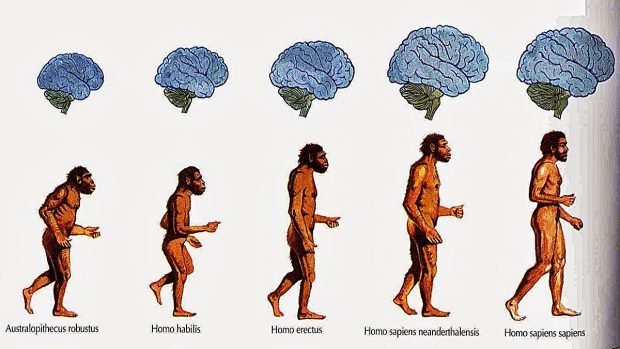Today the accepted theory to explain the origin of life is based on the chemical hypothesis put forward by the Russian A. Oparin and the Englishman Haldane in 1923.
According to Oparin, the land surface was occupied by a hot sea, rich in chemical materials and subject to a large energy load.
When the Earth was formed about 4.5 billion years ago, it was an immense incandescent ball in which the different elements were placed according to their density, so that the densest ones sank into the interior of the Earth and formed the nucleus, and the lighter ones went outwards forming a gaseous layer around the solid part, the protoatmosphere, in which there were gases like methane, ammonia and water vapor.
These gases were subjected to intense ultraviolet (UV) radiation from the Sun and strong electric shocks that occurred in the atmosphere itself, as if they were gigantic lightning bolts; As a result of these energies, these simple gases began to react with each other, giving rise to increasingly complex molecules; at the same time the Earth began to cool down, and it began to rain in a torrential way and these rains dragged the molecules of the atmosphere towards the primitive seas that were forming.
Those primitive seas were very hot and this heat caused the molecules to continue reacting with each other, appearing new molecules more and more complex; Oparin called these seas laden with molecules the NUTRITIVE BROTH or PRIMORDIAL SOUP. Some of these molecules were joined forming associations in the form of small spheres called COACERVADOS, which were not yet cells.
This process continued until a molecule appeared that was able to leave copies of itself, that is, something similar to reproduce; this molecule would be something similar to a NUCLEIC ACID. The coacervates that had the nucleic acid began to remain in the medium isolating themselves so as not to react with other molecules, and finally they would begin to exchange matter and energy with the medium, giving rise to primitive cells.
These first cells would spread across the seas, starting a process that is still working today, the process of BIOLOGICAL EVOLUTION, responsible for the emergence of increasingly complex living beings from simpler living beings, and that is the cause of the great diversity of living beings that have populated and populate the Earth today, what we now call BIODIVERSITY.
The living beings that have existed and exist today are very different in terms of complexity, aspect, way of life, etc., regardless of what the origin of life was; nevertheless there are a series of traits that are common to ALL living beings, extinct or living, even if they are of different SPECIES; These features are:
All living beings are formed by the same matter, which we call ORGANIC MATTER
All living beings perform the same functions, nutrition, relationship and reproduction, more or less the same
All living beings are formed by one (SINGLE-PHASE BEINGS) or several cells (PLURELLULAR BEINGS).
